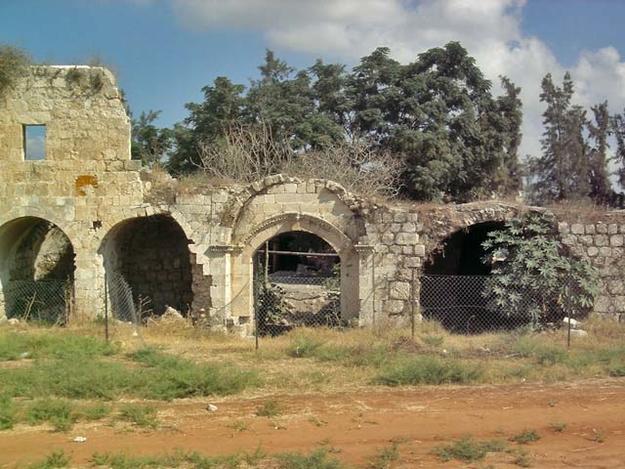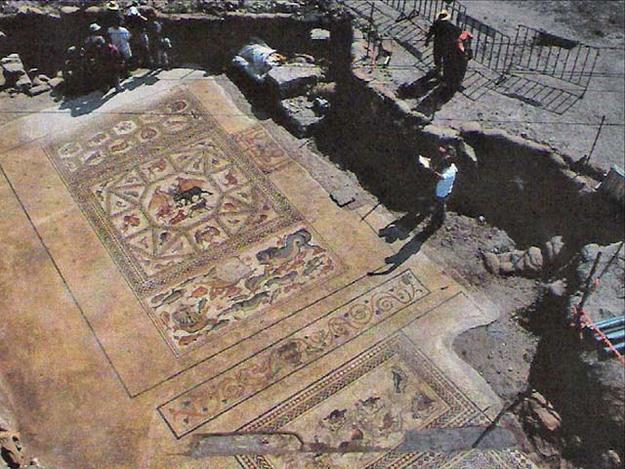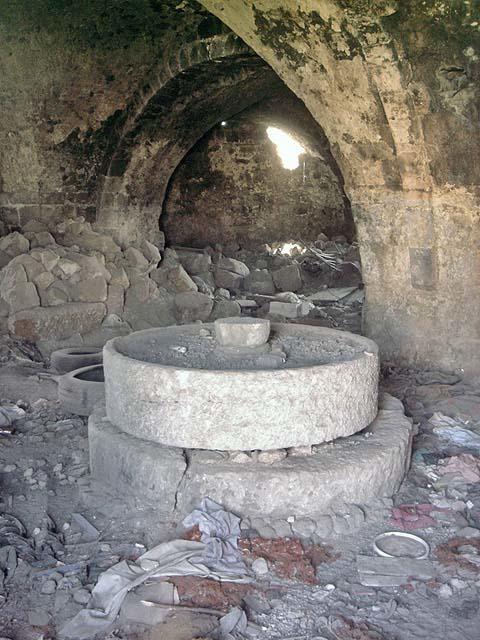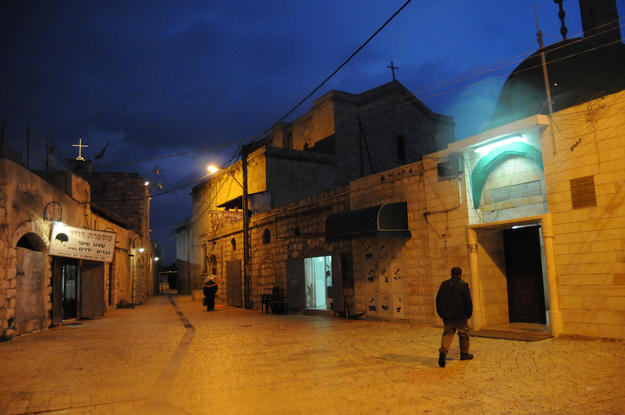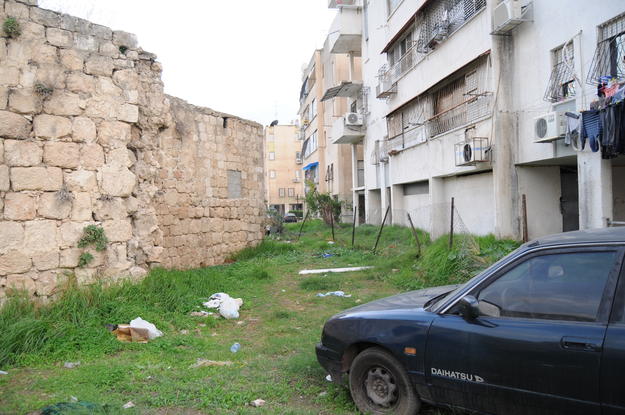Old City of Lod
2010 World Monuments Watch
With evidence of settlement dating to the 5th millennium B.C., the city of Lod has a long and varied history. In the Hellenistic period it was a center of trade and learning in the Jewish Hasmonean Kingdom, while the city was predominantly Christian during Roman rule. According to legend, St. George, the martyred Roman soldier in the Guard of Diocletian, was killed in Lod in the 4th century A.D. when he refused to renounce his Christian faith. A church consecrated in his honor still stands in the city. After the Arabs conquered Palestine in the 7th century, Lod served as their capital until it was replaced by Ramla.
Lod suffered significant destruction during the 1948 war, and postwar urban renewal efforts have encroached on historic fabric. Located 9.3 miles (15 kilometers) from Tel Aviv, it is now home to Israel’s largest international airport. Its dense and layered history of occupation and development has resulted in the fracturing of its landscape and community. Little remains of its historic core save the vestiges of the khan and the olive press, which date from the Mameluke (1260–1517) and Ottoman (1517–1917) periods respectively. However, the future of Lod’s heritage has improved due to increased interest in the socioeconomic conditions of the city’s diverse population and the discovery of the Lod mosaic, the largest intact Roman mosaic in Israel. Lod was included on the 2010 World Monuments Watch with the objective of encouraging the community to engage with its collective heritage through documentation, conservation, and tourism development.

